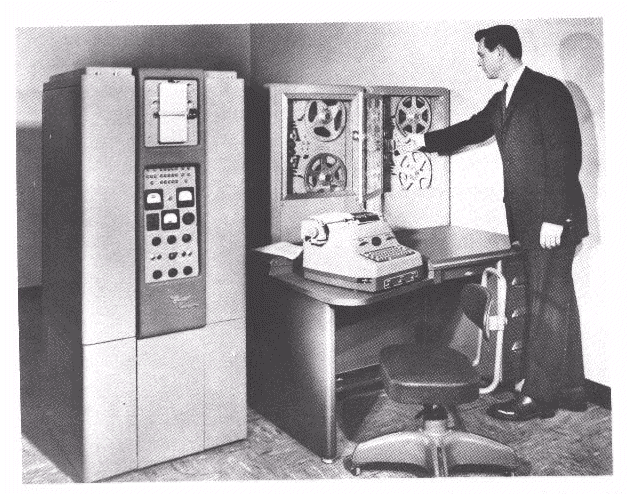Scientist categorized computers in five generation depending on the technology, speed, languages, processing, devices etc. In the development of a computer there is lot of changes from 1946 to 1990. This time is divided in different generations by scientists in a conference in 1962.
First Generation (1946-1958): The first generation computer used vacuum tubes as the major storage element, they also consisted mercury delay line for storage such first generation computers are EDSAC.
Second Generation (1959-1964): When the semiconductor transistor replaced the vacuum tube that has a lot of changes in second generations. 1000 vacuum tubes work could do 1 transistor. Computer size and speed is more reliable than first generation computer.

Third Generation (1965-1974)By the development of a small chip consisting of capacity of the 300 transistors called integrated Chip(IC). They were very smaller in size and higher efficiency in speed & memory capacity.:
Fourth Generation (1975-1990): Very soon ICS were replaced by LSI. In this generation scientist use LSI and VLSI most commonly known as microprocessors. The world first microprocessor INTEL-4004 was produced in 1971 and used in this generation computer.
Fifth Generation (1991- Present): The fifth generations computers are underdevelopment stage. These computers are being made using microprocessors and will used USLI chips in the future. It is estimated that these computers of fifth generation will have an artificial intelligence with a little thinking capacity and they will understand the natural languages like English, Japanese etc.




No comments:
Post a Comment